My Name is Nobody
Nuno Miguel Proença + Katherine Sirois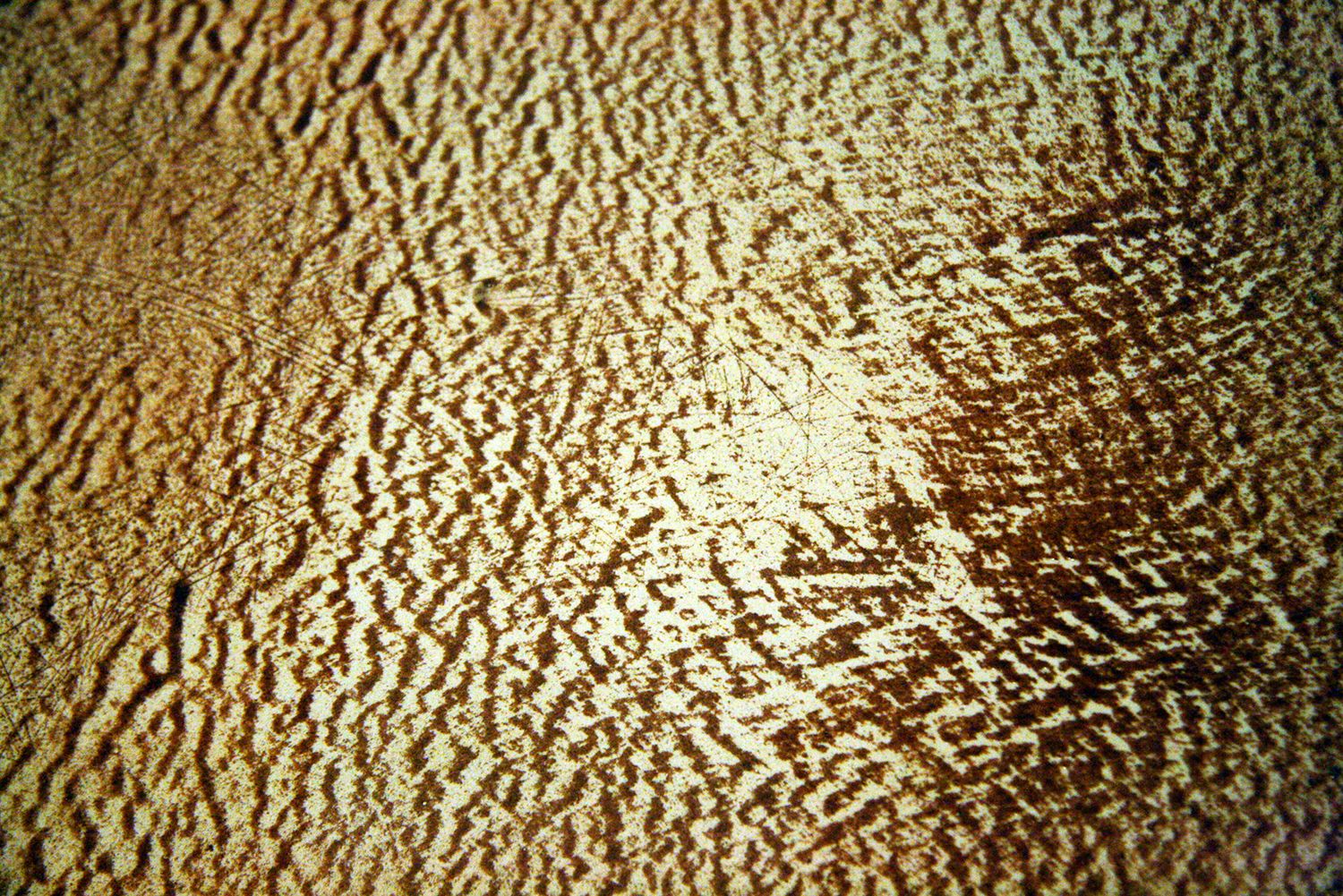
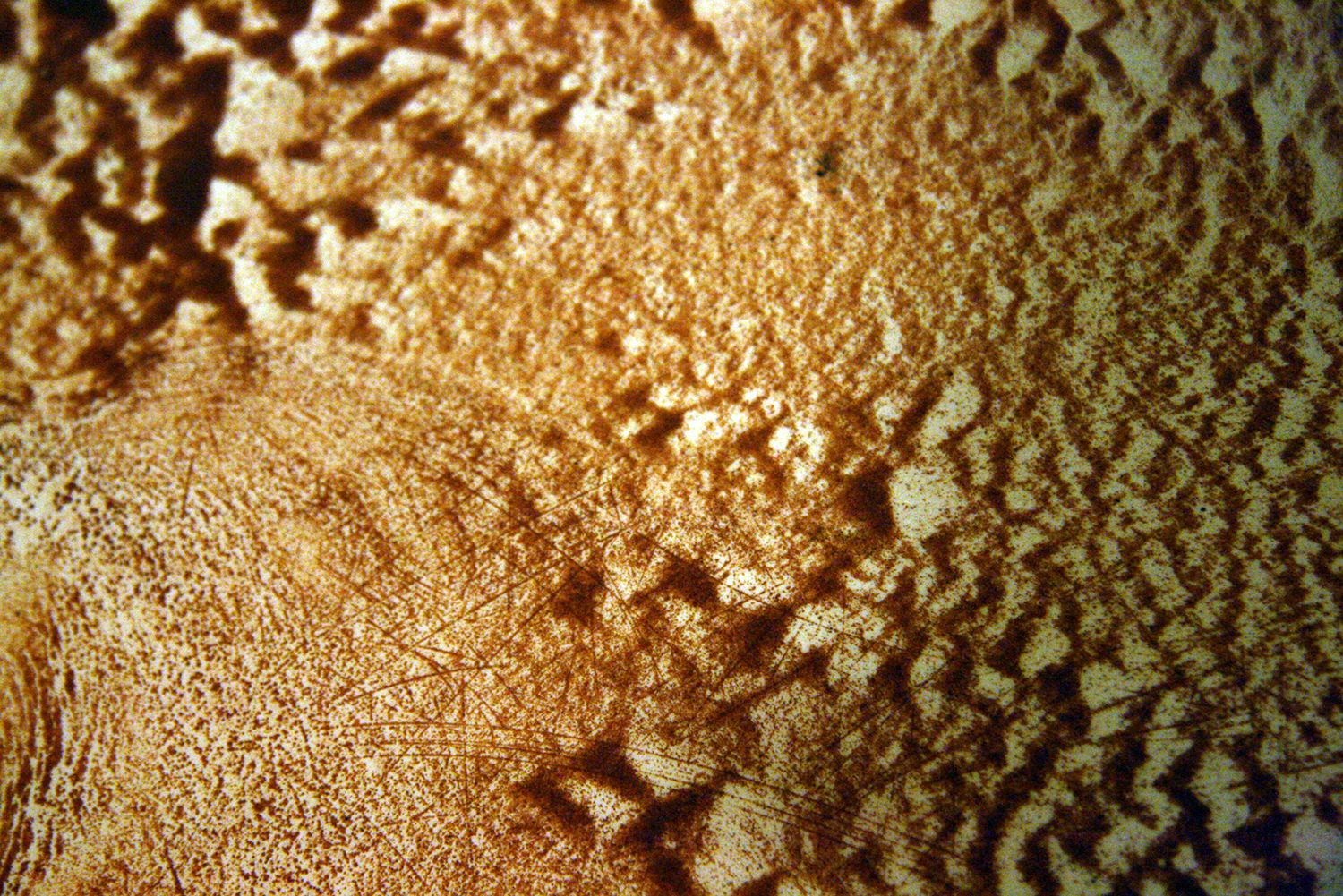
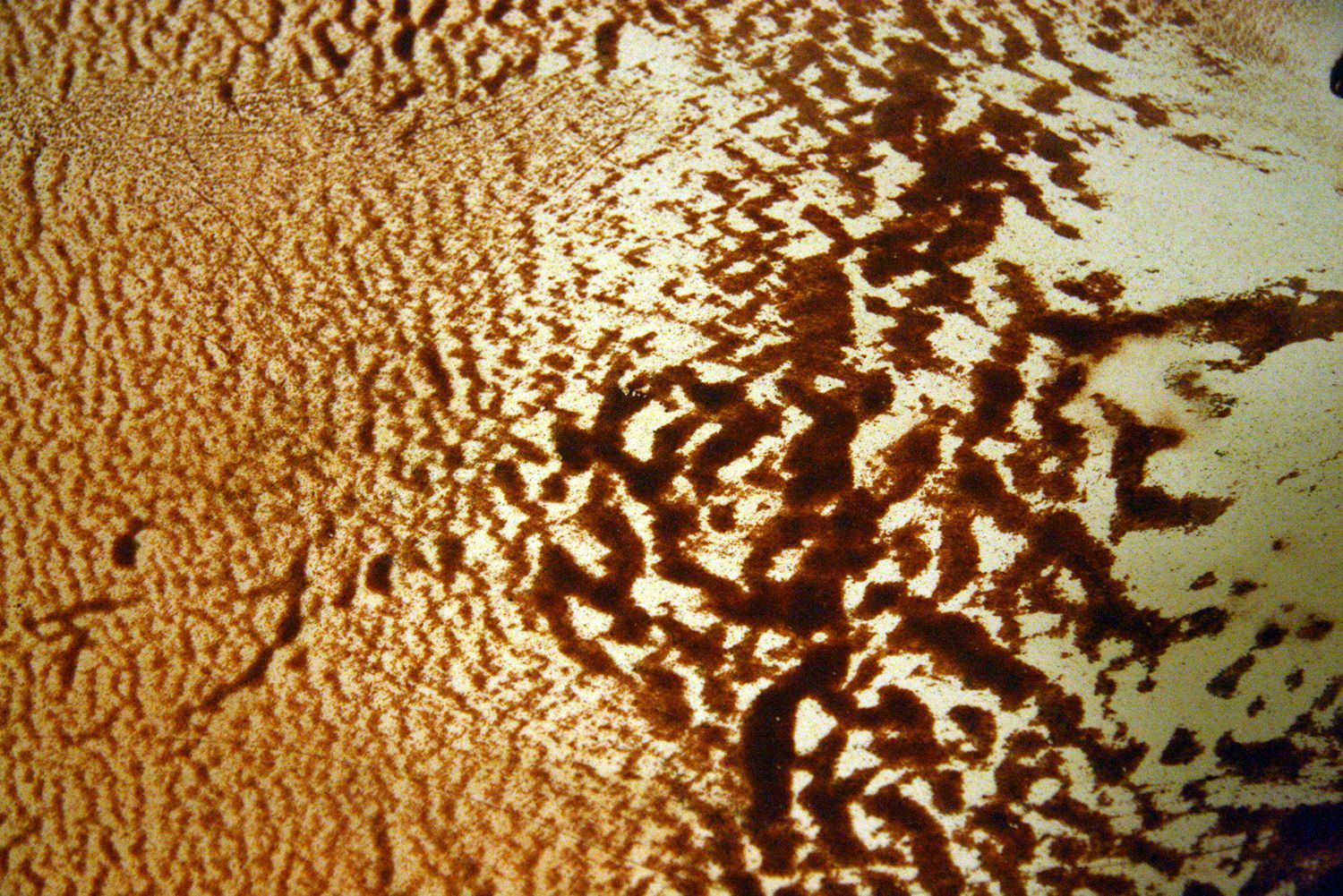
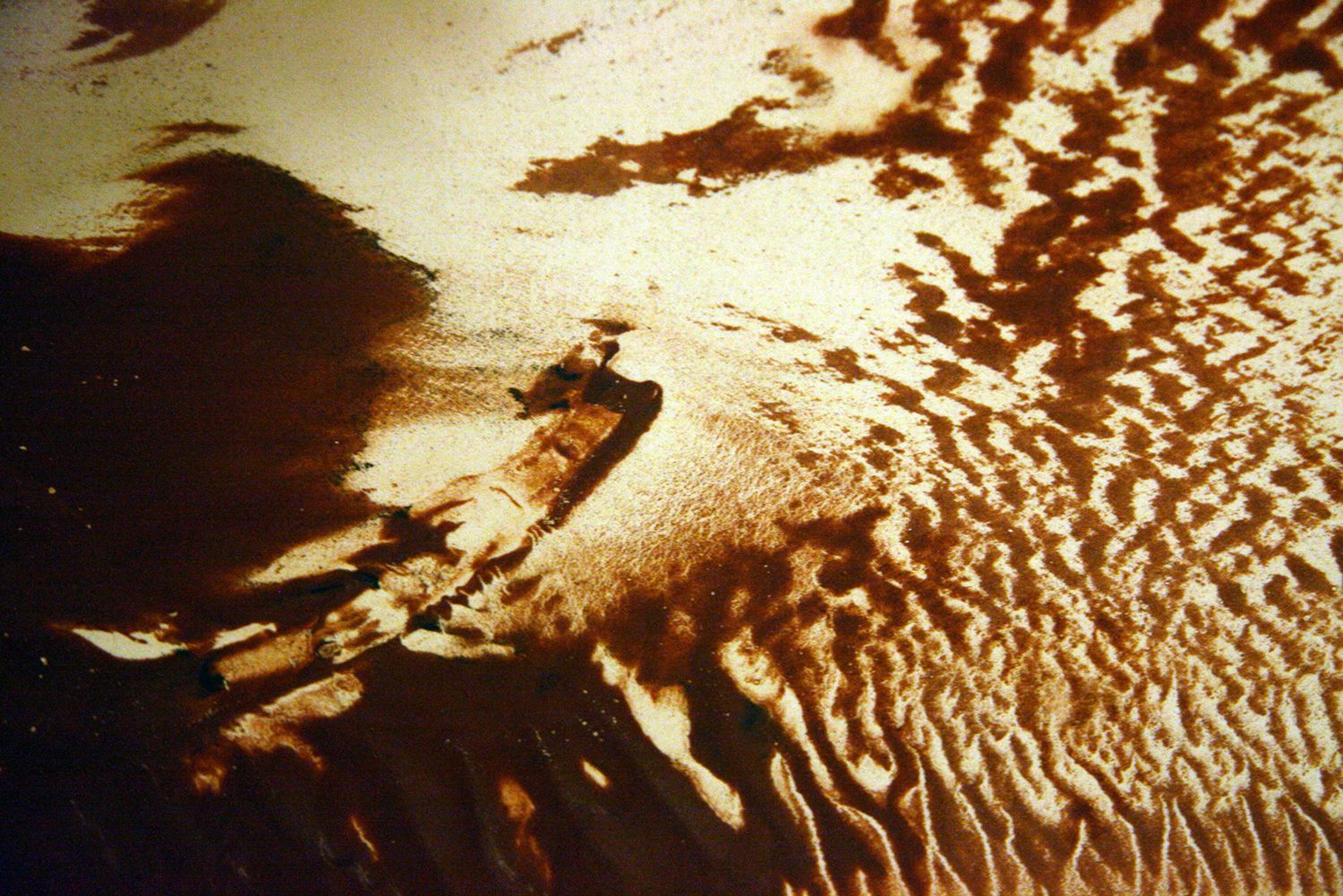
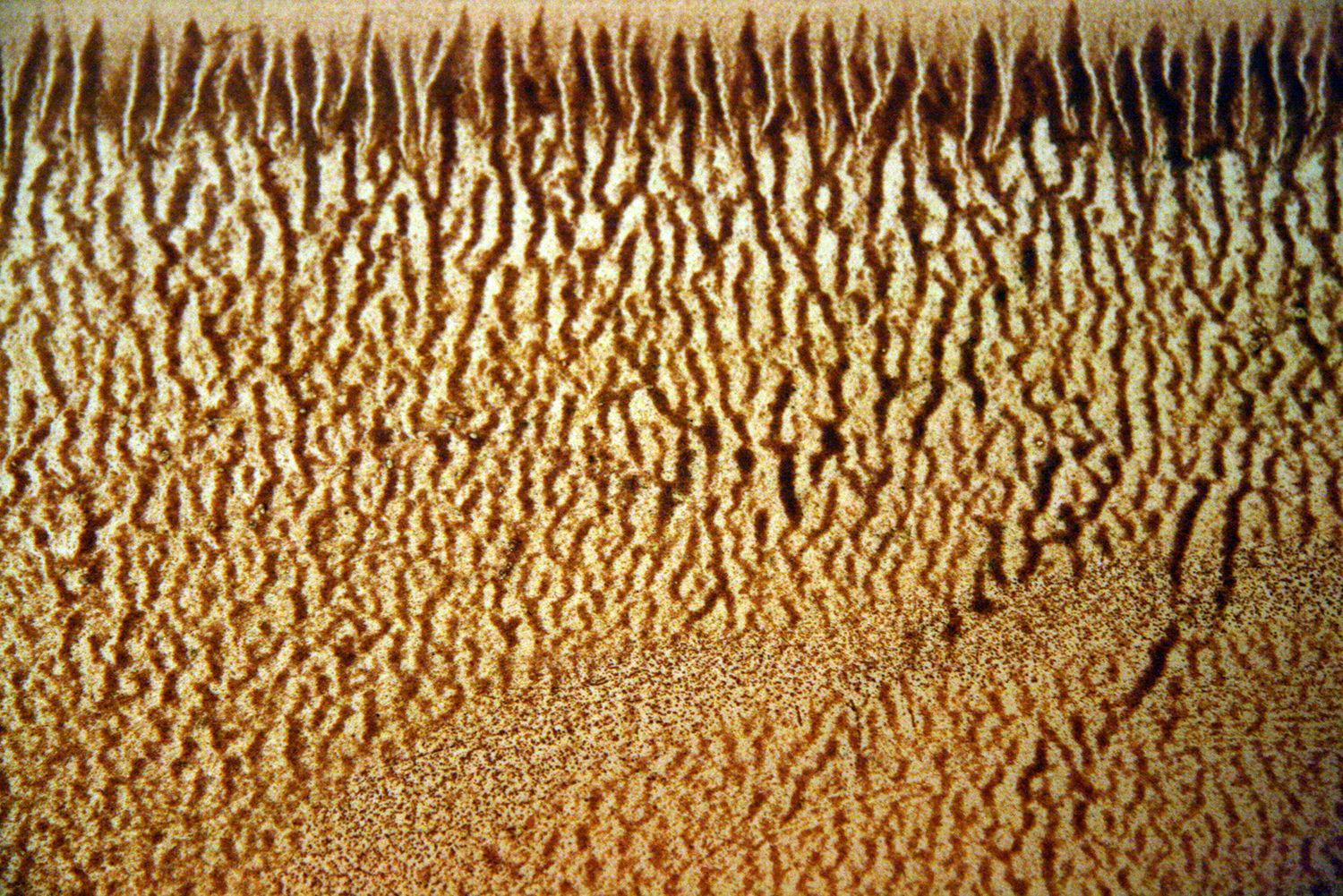
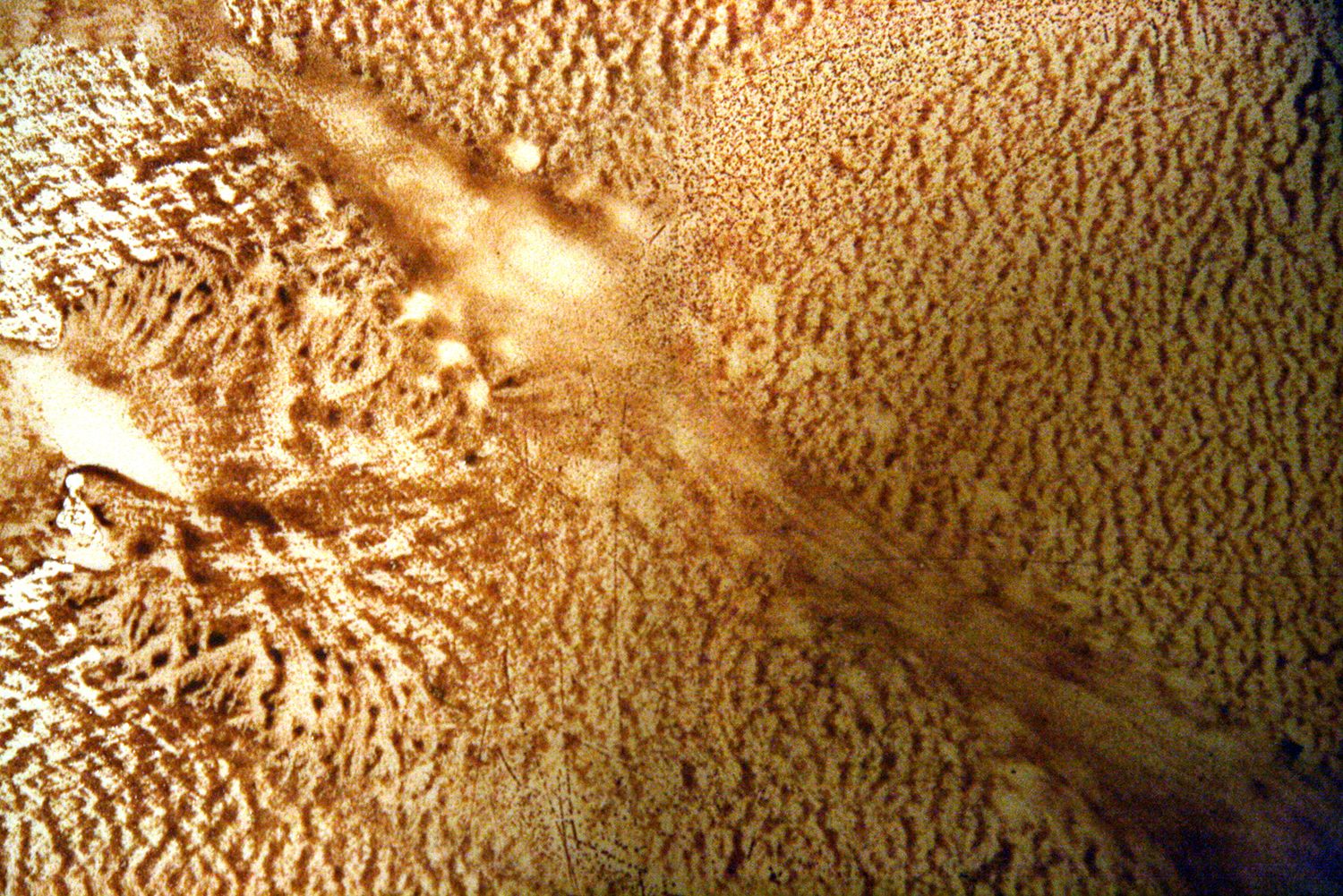
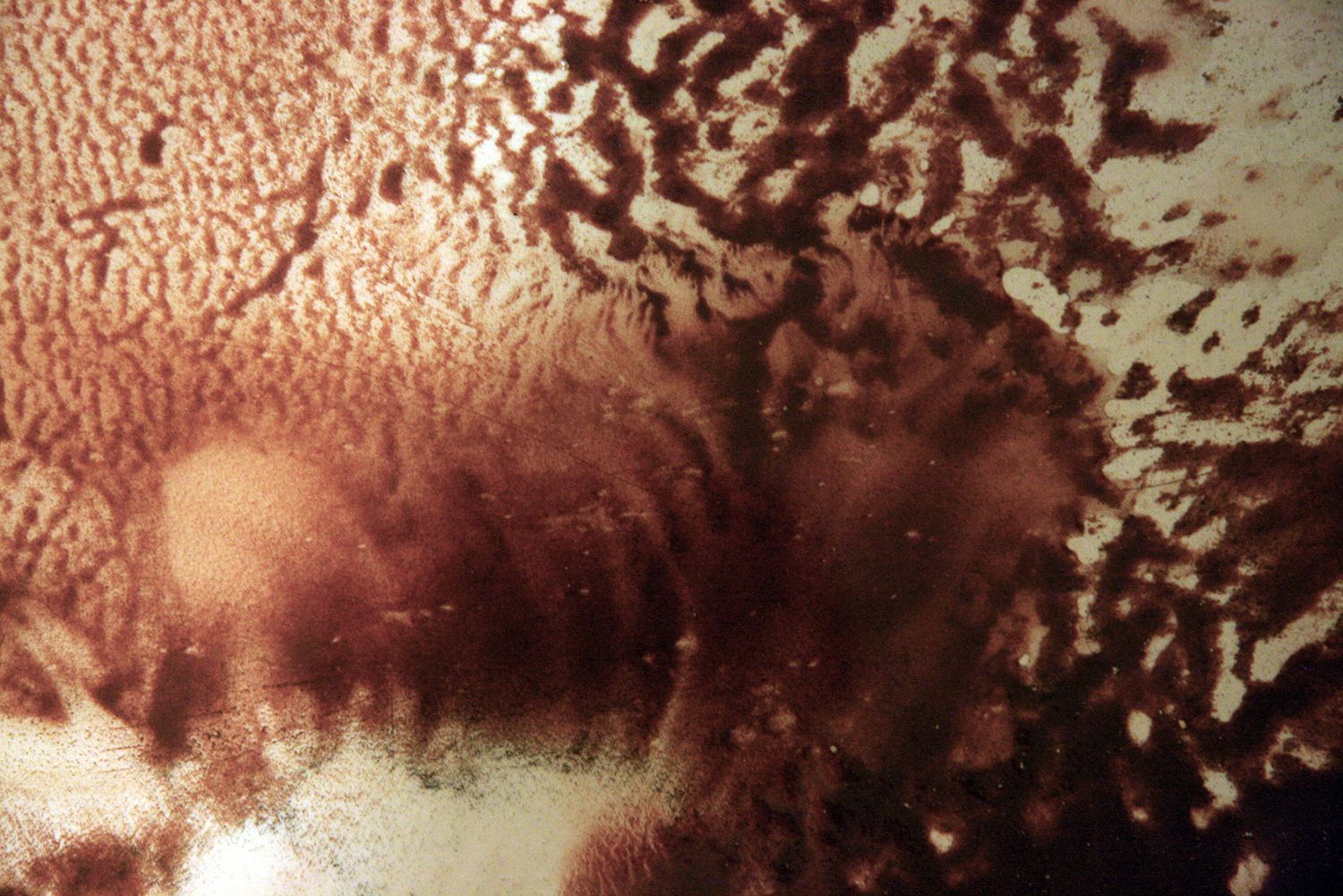
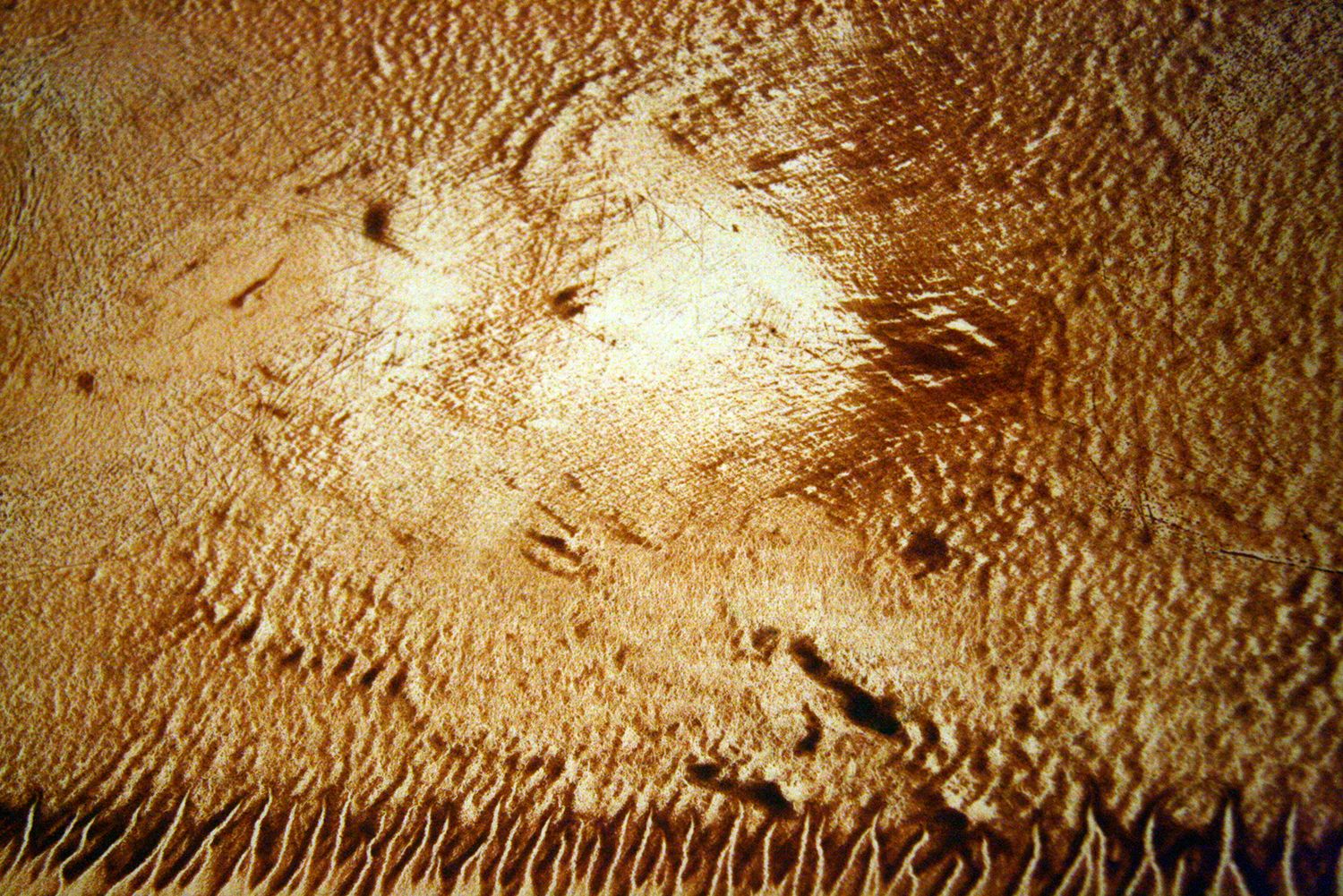
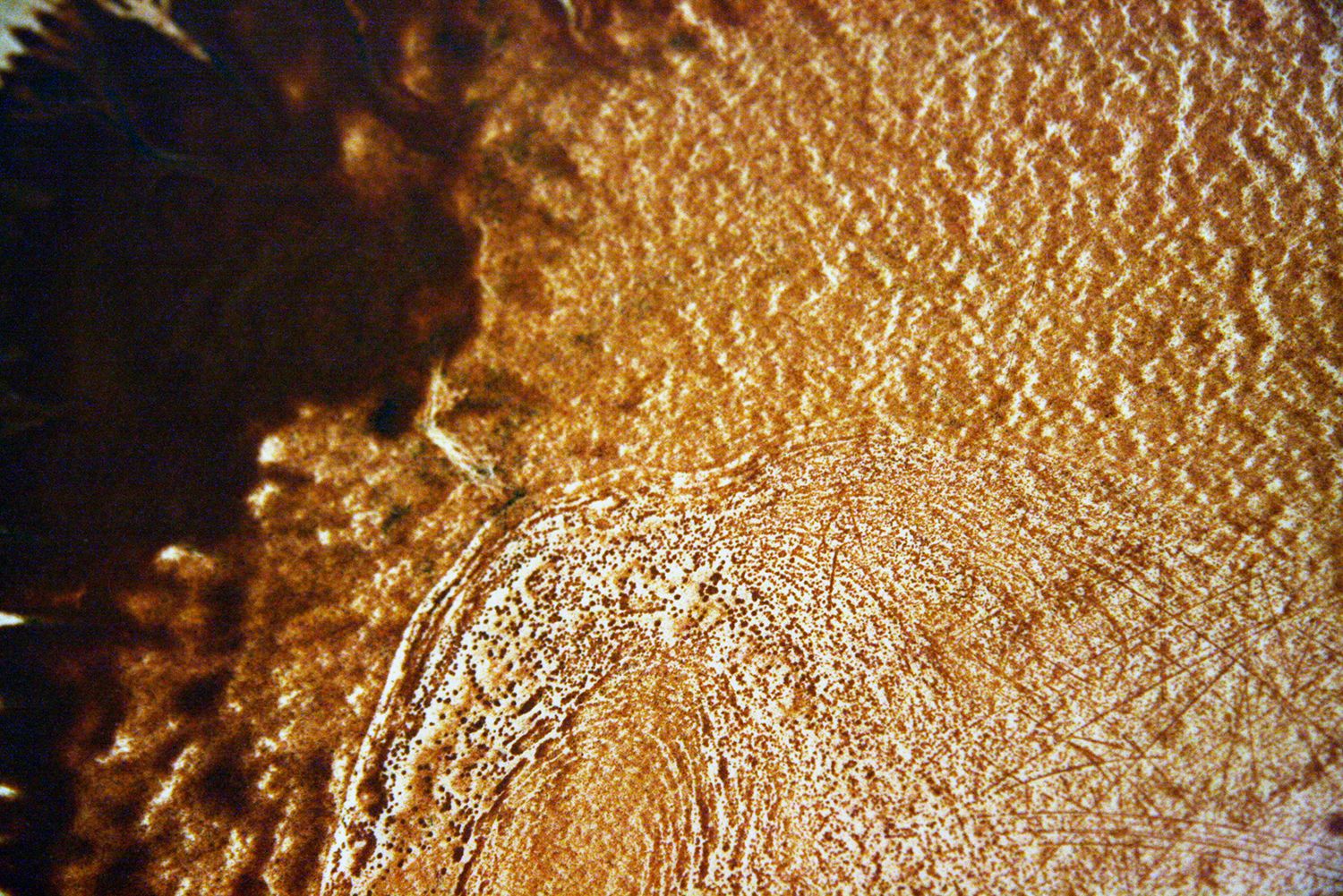
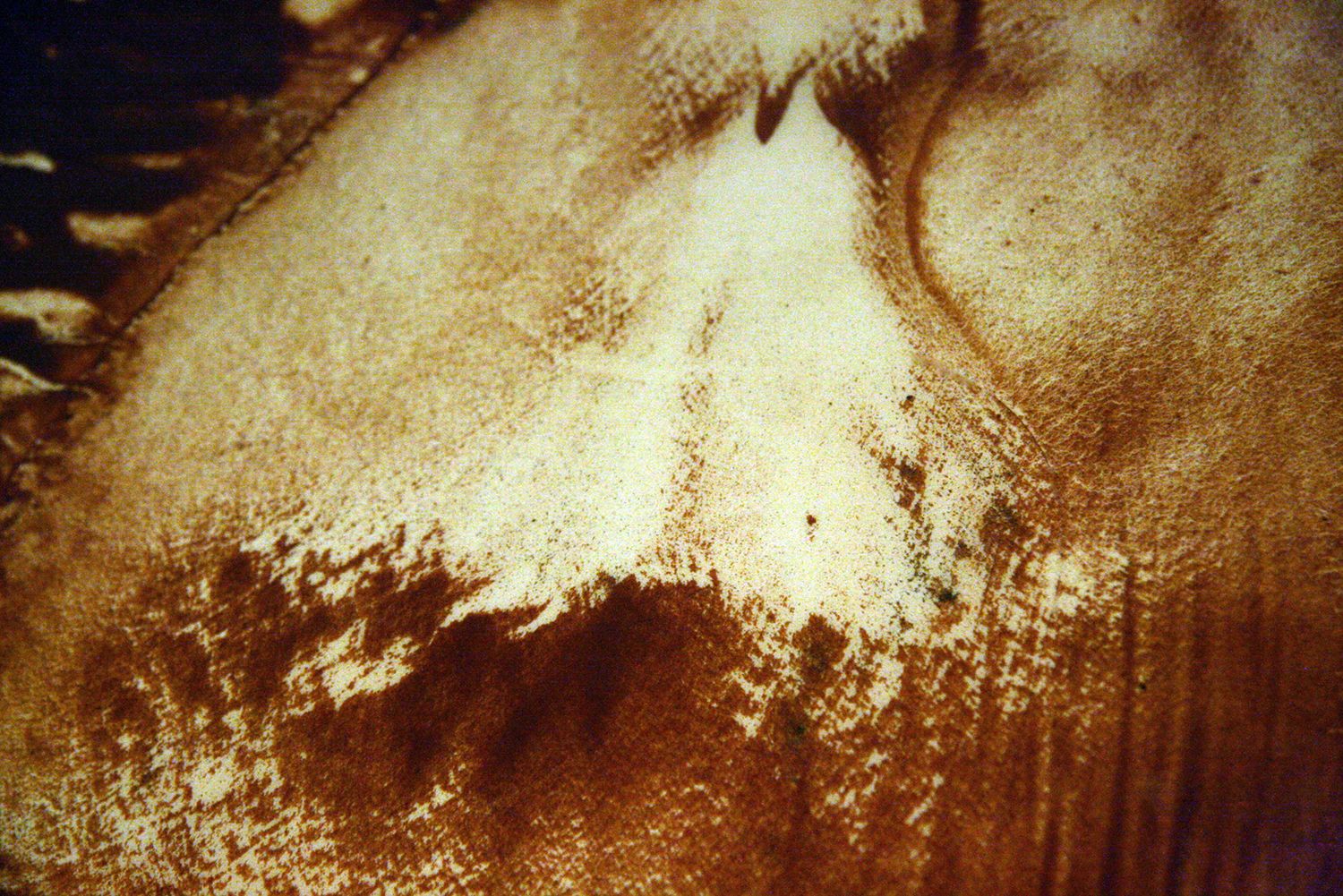
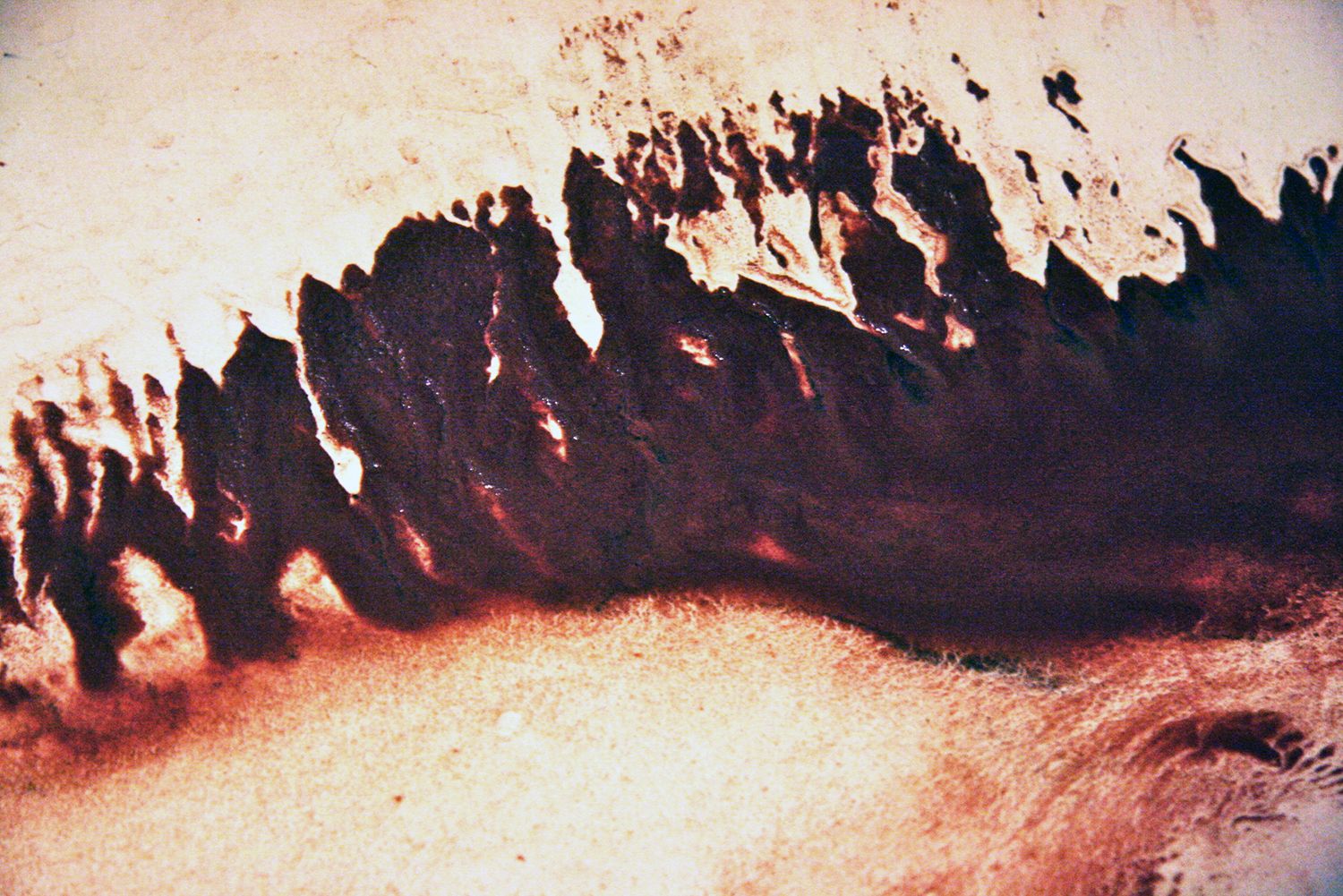
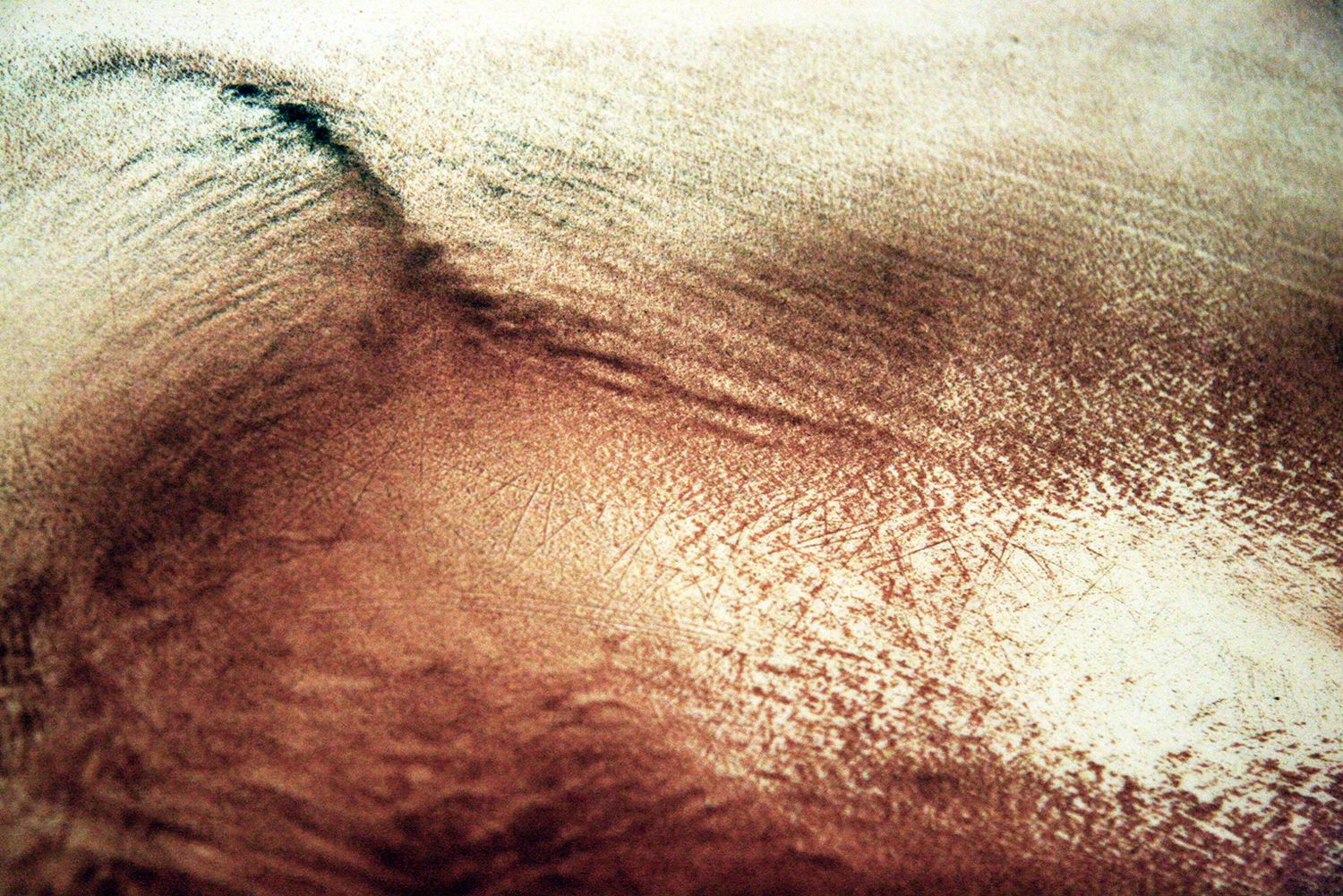
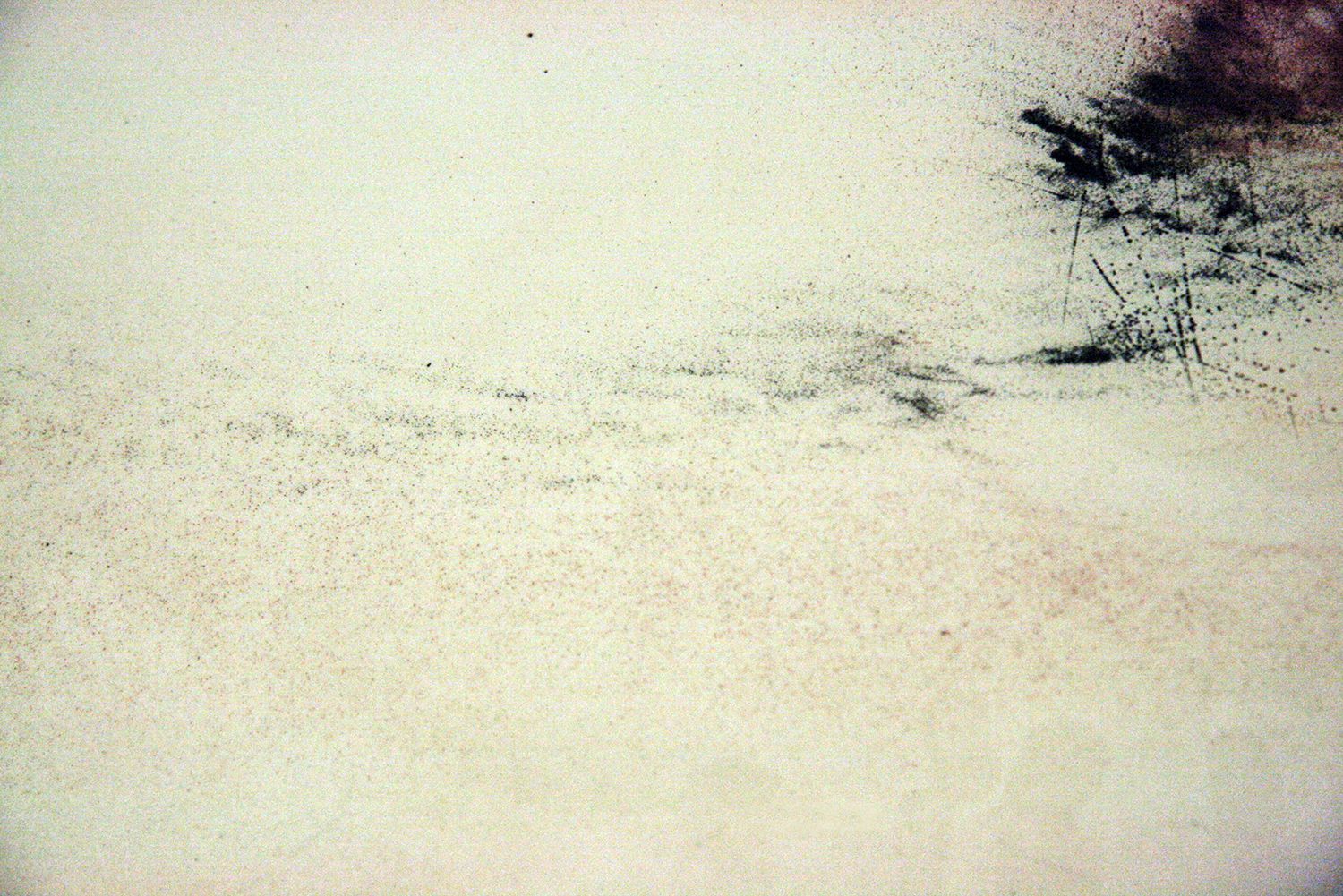
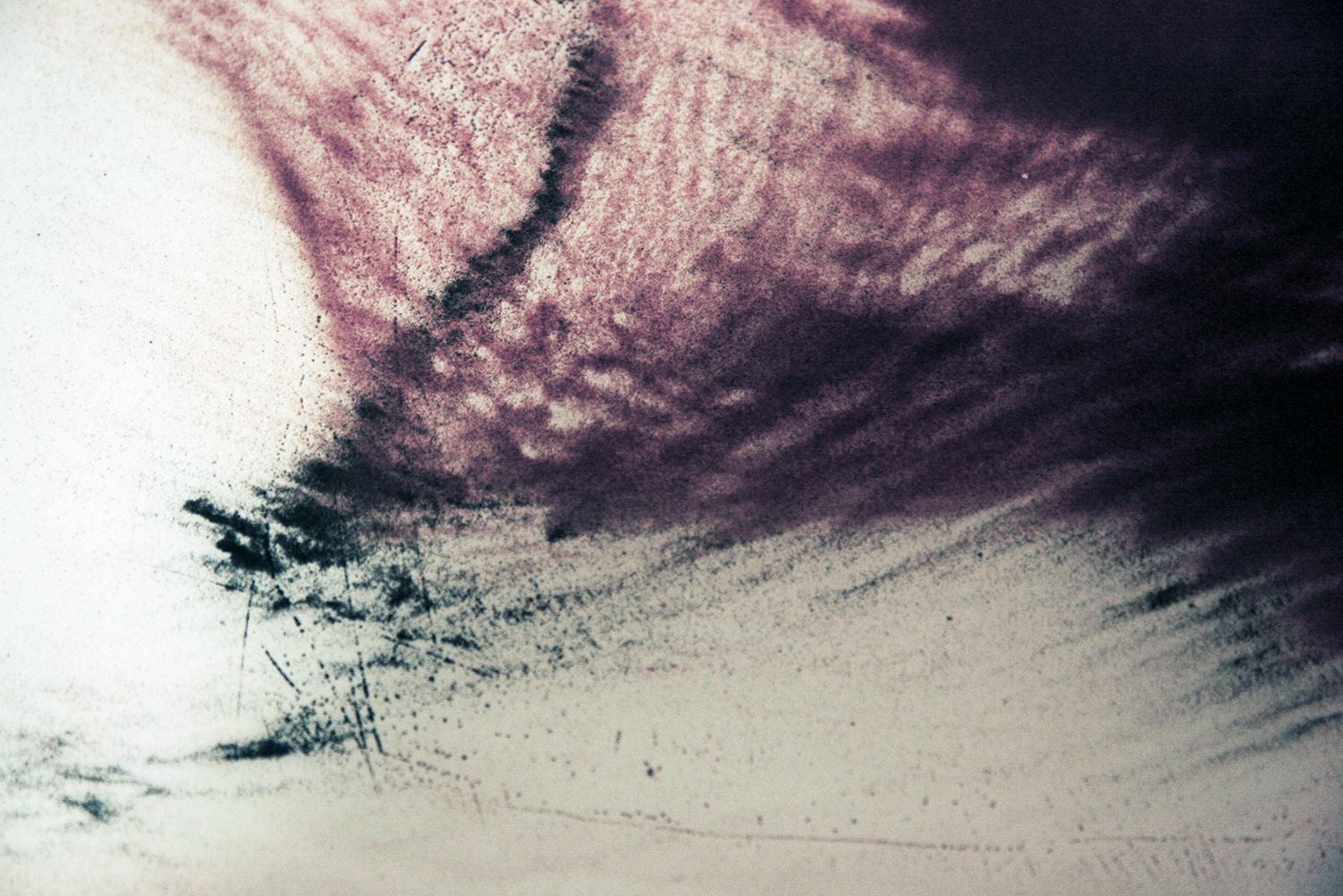
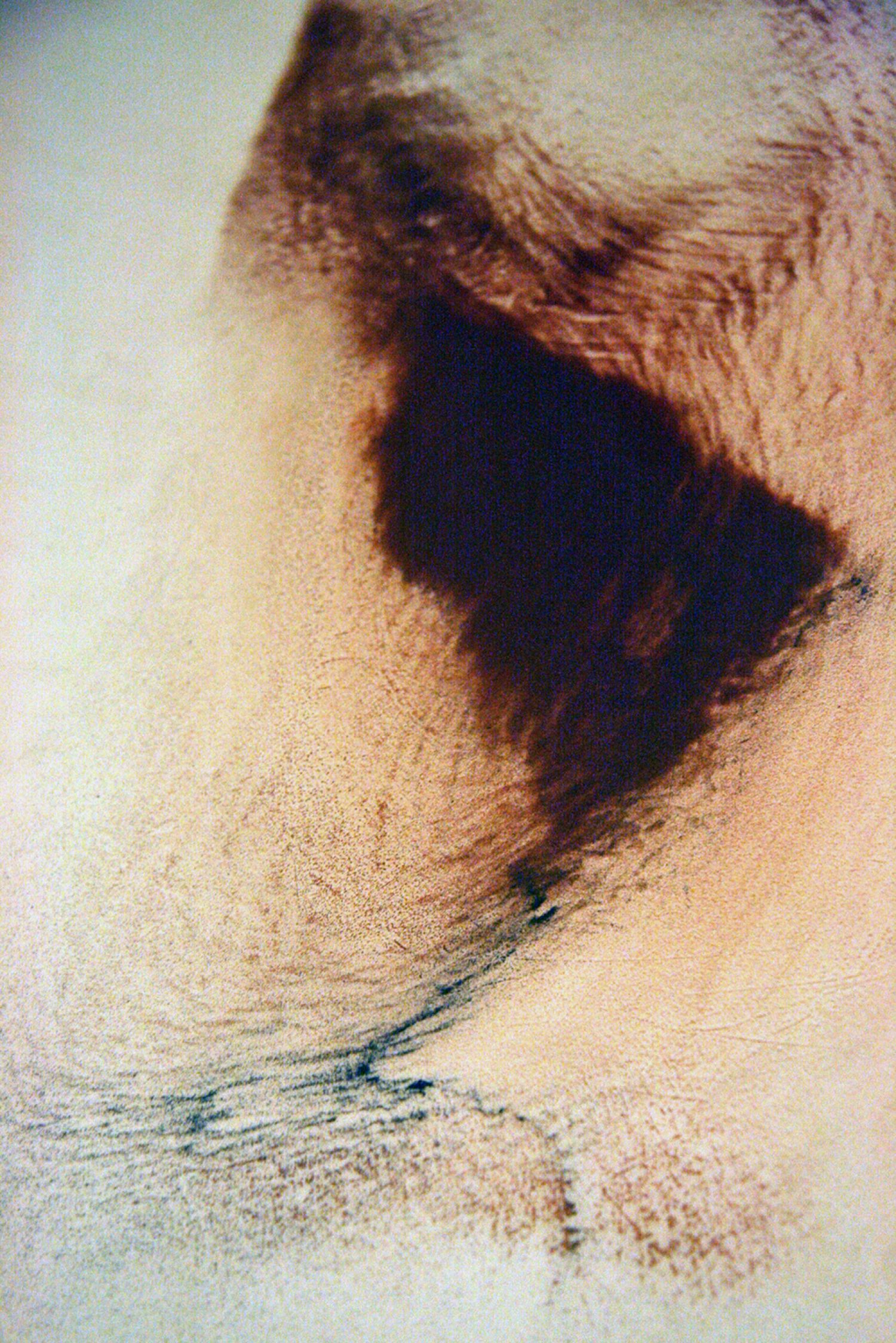
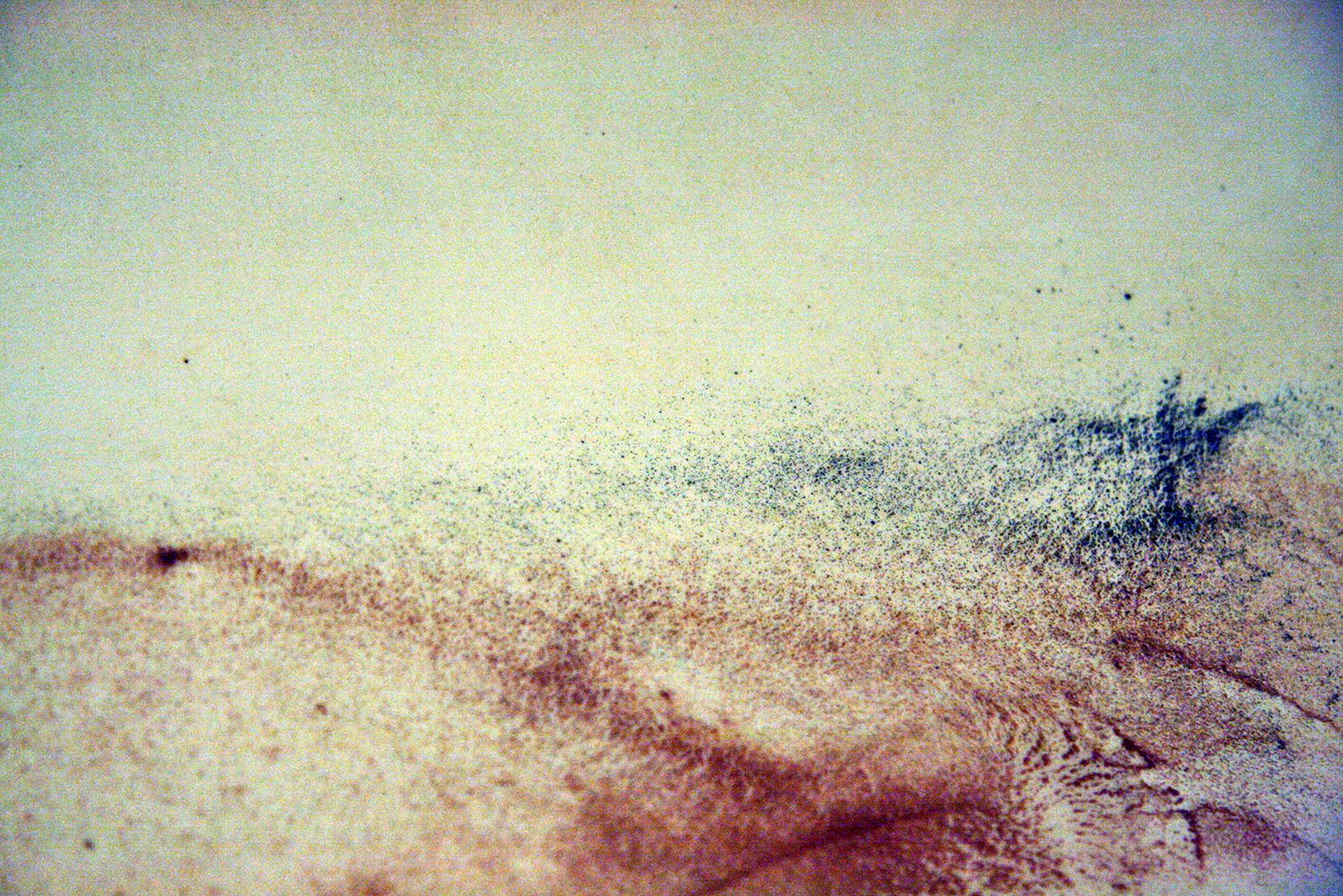
«The earth’s surface and the figments of the mind have a way of disintegrating into discrete regions of art. Various agents, both fictional and real, somehow trade places with each other – one cannot avoid muddy thinking when it comes to earth projects, or what I will call ‘abstract geology’. One’s mind and the earth are in a constant state of erosion, mental rivers wear away abstract banks, brain waves undermine cliffs of thought, ideas decompose into stones of unknowing, and conceptual crystallizations break apart into deposits of gritty reason. Vast moving faculties occur in this geological miasma, and they move in the most physical way. This movement seems motionless, yet it crushes the landscape of logic under glacial reveries. This slow flowage makes one conscious of the turbidity of thinking. Slump, debris slides, avalanches all take place within the cracking limits of the brain. The entire body is pulled into the cerebral sediment, where particles and fragments make themselves known as solid consciousness. A bleached and fractured world surrounds the artist. To organize this mess of corrosion into patterns, grids, and subdivisions is an esthetic process that has scarcely been touched. […]
The Wreck of Former Boundaries
The strata of the Earth is a jumbled museum. Embedded in the sediment is a text that contains limits and boundaries which evade the rational order and social structures which confine art. In order to read the rocks, we must become conscious of geologic time and of the layers of prehistoric material that is entombed in the Earth’s crust. When one scans the ruined sites of prehistory one sees a heap of wrecked maps that upsets our present art historical limits. A rubble of logic confronts the viewer as he looks into the levels of the sedimentations. The abstract grids containing the raw matter are observed as something incomplete, broken and shattered».
Excerpts from A Sedimentation of the Mind: Earth Projects by Robert Smithson, originally published in Artforum, New York, September 1968.
Photographies by Ney Mey Pey and Katherine Sirois, 2015.



